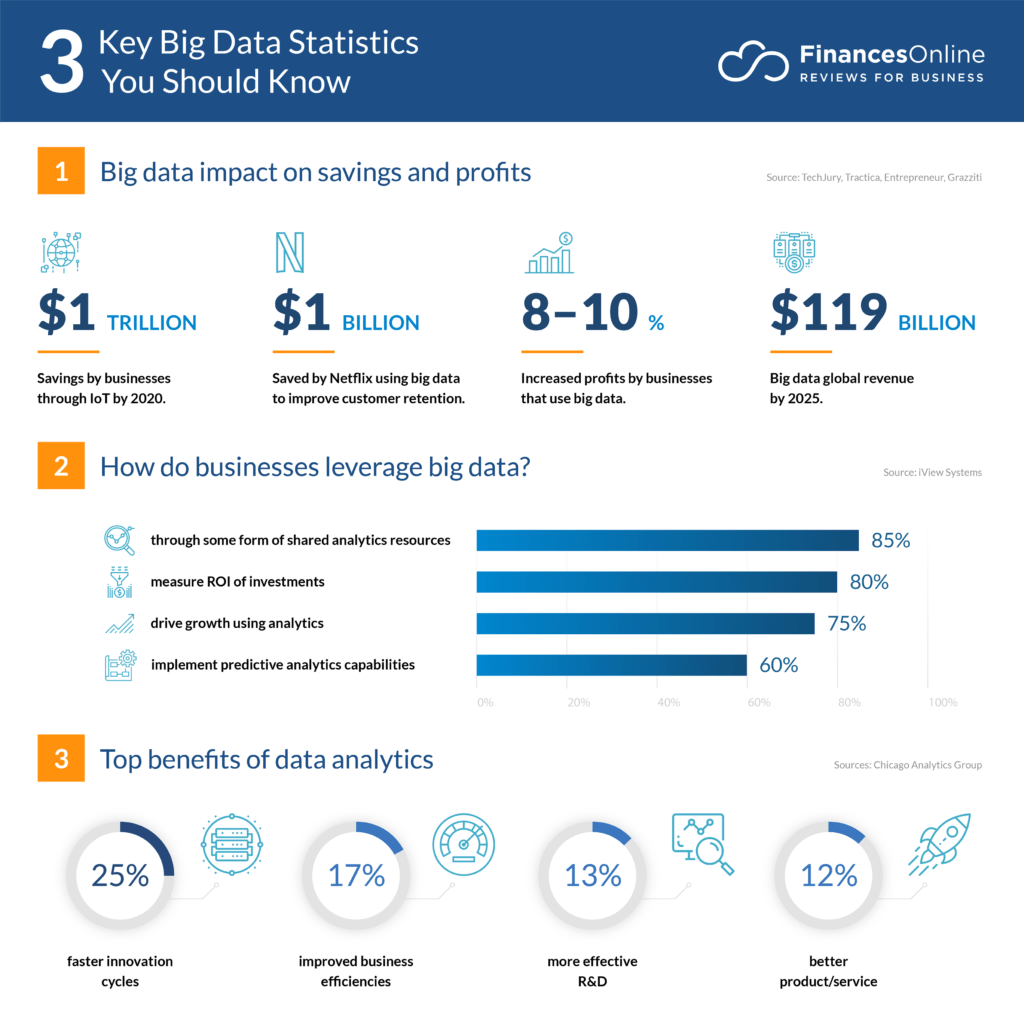Big data and artificial intelligence (AI) have become buzzwords in today’s business world. With the rapid growth of data and technological advancements, organizations face an unprecedented volume of data that needs to be processed and analyzed to make informed decisions. Big data is the massive amounts of structured and unstructured data generated from various sources such as social media platforms, e-commerce websites, and sensors. On the other hand, AI is a field of computer science that focuses on creating machines that can perform tasks that typically require human intelligence, such as speech recognition, image recognition, and decision-making.
The integration of big data and AI has the potential to revolutionize the way organizations make decisions. By leveraging the power of AI algorithms, organizations can analyze vast amounts of data in real time and make predictions about future trends and patterns. With AI-powered decision-making, organizations can improve efficiency, reduce costs, and gain a competitive advantage in the market.
We want to explore the impact of big data and AI on decision-making and shed light on the future of decision-making with big data and AI. This article will provide an overview of big data, AI, and their benefits and limitations, and discuss how they are changing the way organizations make decisions and shaping the future of decision-making.
Read also: Big Data And Business Intelligence: How To Leverage Data For Competitive Advantage
The Rise of Big Data
Big data is a term used to describe the massive amounts of structured and unstructured data generated from various sources, such as social platforms, transaction data, and sensors. The amount of data being generated today is staggering and continues to grow at an exponential rate. According to IDC, the total amount of data created and replicated will reach 175 zettabytes by 2025.
One of the main challenges of big data management is handling the sheer volume of data and processing it in real time. Organizations need to have the right tools and infrastructure in place to store, manage, and analyze big data effectively. This is where AI comes into play.
Big data is a massive and growing problem for organizations, but with the right tools and infrastructure, it can be transformed into a valuable asset for decision-making. In the next section, we will delve into the power of artificial intelligence and its impact on big data.
Emerging trends in big data and AI
The goal of AI is to create machines that can perform tasks that are typically performed by humans, but with higher accuracy, efficiency, and speed. Big data and AI are rapidly evolving technologies, and new trends and innovations are emerging all the time. Some of the most notable emerging trends in big data and AI include:
- Edge computing: Edge computing refers to the processing of data at or near the source, rather than in a centralized location. This allows for faster processing and real-time analysis of data, making it ideal for applications such as autonomous vehicles, industrial IoT, and other time-sensitive applications.
- AI-powered IoT: The Internet of Things (IoT) is growing rapidly, and AI is playing an increasingly important role in optimizing IoT systems. AI algorithms can be used to process data from IoT devices in real time and make predictions about future trends and patterns, making it possible to improve the efficiency and effectiveness of IoT systems.
- Natural Language Processing (NLP): NLP is a subfield of AI that focuses on the interaction between computers and humans using natural language. With advances in NLP, it is becoming possible to develop AI systems that can understand and respond to human speech and text, making it easier for people to interact with AI systems and improving accessibility.
- Explainable AI (XAI): Explainable AI refers to AI systems that can explain their reasoning and decision-making processes. With the growing use of AI, it is becoming increasingly important to ensure that AI systems are transparent and accountable, and XAI is a key component in achieving this.
- Reinforcement Learning: Reinforcement learning is a type of machine learning that focuses on the use of rewards and punishments to train AI systems. With reinforcement learning, AI systems can learn from their experiences and make decisions based on the feedback they receive, making it possible to develop AI systems that can operate in complex and dynamic environments.
The recent rising popular platform like ChatGPT is just a few of the many emerging trends in big data and AI, and as technology continues to evolve, it is likely that new trends and innovations will emerge, transforming the way organizations operate and improving our lives in new and exciting ways.
Big Data and AI: The Future of Decision Making
Big data and AI are becoming increasingly important in today’s business world. By leveraging the power of AI algorithms, organizations can analyze vast amounts of data in real time and make predictions about future trends and patterns. This can help organizations make more informed decisions, improve efficiency, reduce costs, and gain a competitive advantage in the market.
The use of AI for decision-making offers many benefits, including:
- Increased speed and efficiency: AI systems can process and analyze large amounts of data much faster than humans, making it possible to make decisions more quickly and efficiently.
- Improved accuracy: AI systems can be trained to identify patterns and relationships in data that humans might miss, leading to more accurate and reliable decisions.
- Enhanced personalization: AI systems can be trained to analyze individual preferences and behaviors, making it possible to provide more personalized recommendations and decisions.
- Reduced costs: AI systems can automate many decision-making processes, reducing the need for manual labor and reducing costs.
- Improved scalability: AI systems can process and analyze large amounts of data from multiple sources, making it possible to make decisions at scale.
- Reduced bias: AI systems can be trained to make decisions based on objective criteria, reducing the risk of human bias and improving fairness in decision-making.
These benefits demonstrate the potential of AI for decision-making and show how it can be used to transform organizations and improve our lives in new and exciting ways.
However, despite the numerous benefits of big data and AI, there are also some limitations to consider. One of the main limitations is the quality and accuracy of the data. If the data used to train AI algorithms is biased or inaccurate, this can result in biased or incorrect predictions.
It is important for organizations to be mindful of the limitations and potential biases of big data and AI and to ensure that the data used to train AI algorithms is accurate and unbiased.
Use Cases of Big Data and AI in Various Industries
The use of big data and AI has grown rapidly in recent years and has been applied in a wide range of industries. Some of the most notable use cases of big data and AI in various industries including:
- Healthcare: In the healthcare industry, big data and AI are used to improve patient outcomes and reduce healthcare costs. For example, AI algorithms can analyze large amounts of medical data to identify patterns and predict disease outbreaks, which can help healthcare providers prevent and manage outbreaks more effectively. AI is also used in the development of personalized medicine, where treatments are tailored to an individual’s specific needs based on their genetic profile and medical history.
- Finance: In the finance industry, big data and AI are used to improve financial decision-making and reduce fraud. For example, AI algorithms can analyze large amounts of financial data to identify patterns and predict fraud, which can help financial institutions prevent and manage fraud more effectively. AI is also used in the development of financial products, such as personalized investment portfolios and robo-advisors, which use big data and AI to provide financial advice based on an individual’s specific needs and preferences.
- Retail: In the retail industry, big data and AI are used to improve customer experience and optimize operations. For example, AI algorithms can analyze large amounts of customer data to identify patterns and predict customer behavior, which can help retailers provide more personalized recommendations and improve customer engagement. AI is also used in supply chain management, where algorithms are used to optimize delivery routes and manage inventory more effectively.
- Manufacturing: In the manufacturing industry, big data and AI are used to optimize operations and improve product quality. For example, AI algorithms can analyze large amounts of production data to identify patterns and predict equipment failure, which can help manufacturers prevent and manage equipment failure more effectively. AI is also used in quality control, where algorithms are used to detect defects in real time and improve product quality.
These are just a few examples of the many use cases of big data and AI in various industries. As technology continues to advance, it is likely that big data and AI will be applied in even more industries, transforming the way organizations operate and improving our lives in new and exciting ways.






